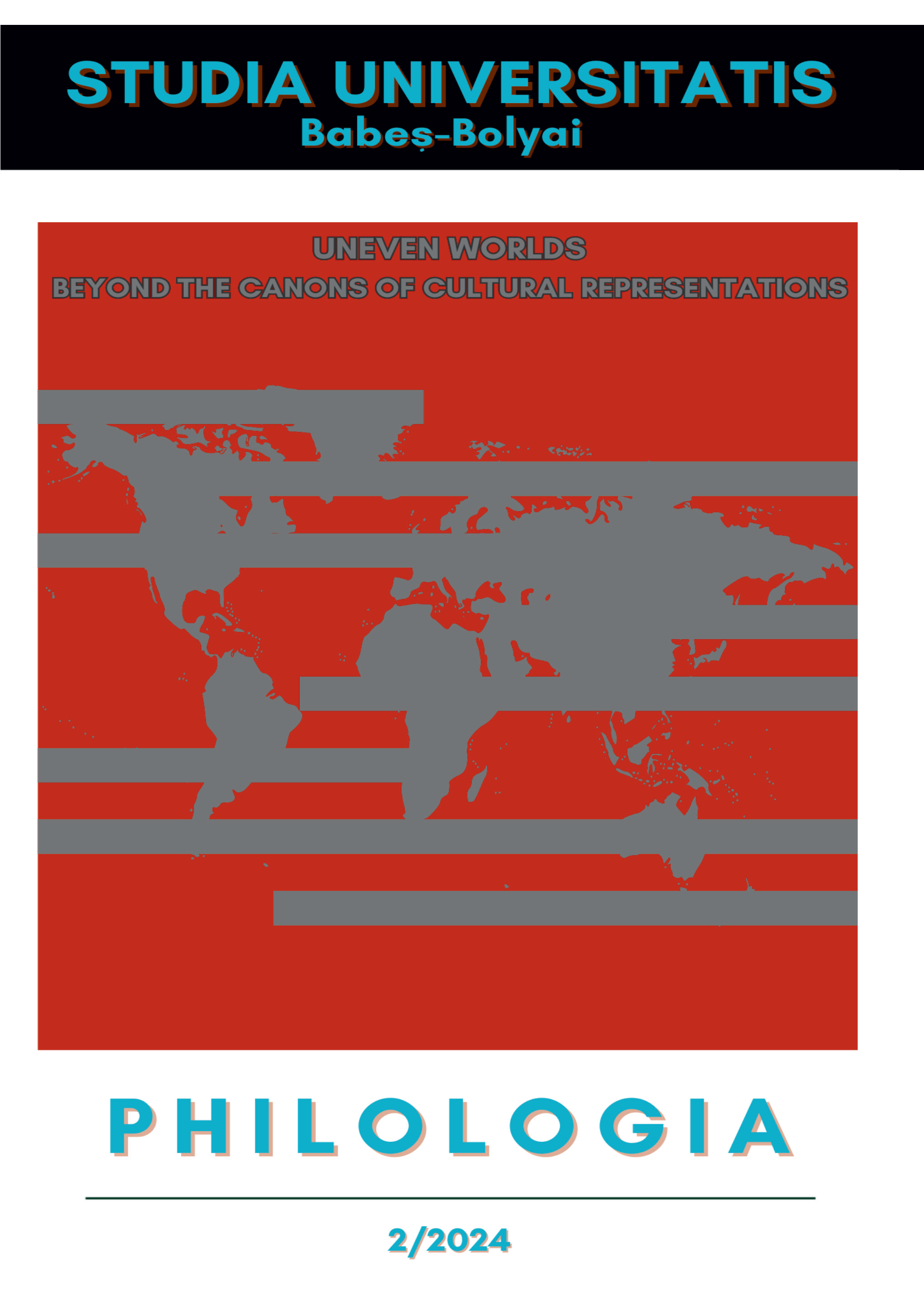Paul Cernat, Bacovia și Noul Regim al literaturii, București: Eikon, 2022, 446 p.
Abstract
Paul Cernat’s recent volume, Bacovia și Noul Regim al literaturii (Bacovia and the New Regime of Literature), is an in-depth analysis of Bacovia’s case by delving into the history of reception, underscoring that "it is not so much the validity of the evaluations that is of interest here, as the «mutation of aesthetic values» that favored or, on the contrary, disfavored the reception of one segment or another of Bacovian literature" (p.6), hence the division into the old regime, respectively the new regime of criticism. The book’s main aim is obvious right from the title: the rehabilitation of those volumes that were overlooked by what the critic calls The Old Regime of Criticism which includes the commentators who privileged the debut volume (Plumb), identifying in the following ones signs of creative decline and, implicitly, an involution. However, the later poetic generations (from the war generation to the Generation 2000 and post-2000) relate to the last volumes, as Cernat convincingly demonstrates when he compiles an inventory of influences, based on the testimonies of writers regarding the influence of Bacovia and inventorying, at the same time, poems with references in the verses or in the title to the poetry of the last Bacovia. Aligning alongside the commentators who argue that the volumes published after Plumb does not mark a regression, but, on the contrary, the intuition of a new paradigm (the new regime of literature), Cernat pleads for the existence of two directions/ "two Bacovianisms" that would characterize the path from Plumb to Stanțe: "the symbolist-decadent one" and the one "of «shorthand» notation – a term taken from Mircea Scarlat - demetaphorized, direct", the latter revealing not the involution, but the awareness of the limits of the models assimilated until then.
Downloads
Published
How to Cite
Issue
Section
License
Copyright (c) 2024 Studia Universitatis Babeș-Bolyai Philologia

This work is licensed under a Creative Commons Attribution-NonCommercial-NoDerivatives 4.0 International License.





 ©Studia Universitatis Babeş-Bolyai Philologia. Published by Babeș-Bolyai University.
©Studia Universitatis Babeş-Bolyai Philologia. Published by Babeș-Bolyai University.